White vs Black Sesame Seeds: Flavor Secrets, Storage Tips & Kitchen Hacks Revealed!
Have you ever stood in front of the spice aisle scratching your head, wondering whether to grab white or black sesame seeds? You’re not alone. Whether you’re a seasoned chef or a home cook exploring global flavors, understanding the differences between white and black sesame seeds can seriously level up your culinary game.
In this guide, we’ll take a deep dive into everything you need to know about white vs black sesame seeds. From flavor profiles to storage hacks and even clever ways to use them in your daily cooking — we’ve got you covered.
Table of Contents
- What’s the Real Difference Between White and Black Sesame Seeds?
- Flavor Showdown: Subtle vs Nutty Intensity
- Top 5 Ways to Use Sesame Seeds in Your Kitchen
- How to Store Sesame Seeds Like a Pro (No More Rancid Seeds!)
- Buying Guide: Choosing the Best Sesame Seeds for Your Needs
- Sesame Seed Hack: Toasting Like a Chef
- Final Thoughts: White or Black – Which One Should You Choose?
What’s the Real Difference Between White and Black Sesame Seeds?

The biggest difference lies in the hull — yes, the outer shell. White sesame seeds are typically hulled, meaning their outer layer has been removed. This gives them a lighter color and milder taste.
Black sesame seeds, on the other hand, are almost always unhulled. They retain that dark outer shell, which gives them a more intense flavor and deeper color. Visually striking and packed with nutrients, black sesame seeds have become increasingly popular in both savory and sweet dishes.
| Feature | White Sesame Seeds | Black Sesame Seeds |
|---|---|---|
| Appearance | Creamy white | Deep black |
| Hull | Removed (hulled) | Intact (unhulled) |
| Flavor | Mild, nutty | Stronger, earthier |
| Use Cases | Baking, desserts, sauces | Korean, Japanese, Chinese cuisine |
Flavor Showdown: Subtle vs Nutty Intensity
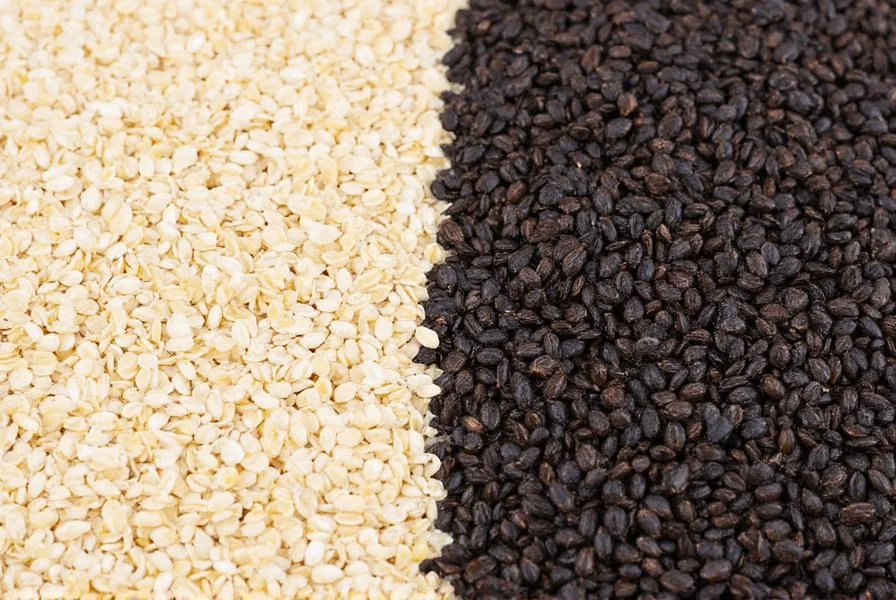
When it comes to flavor, the debate of white vs black sesame seeds gets interesting. White seeds offer a delicate, buttery nuttiness — perfect for adding subtle richness without overpowering a dish.
Black sesame seeds, especially when toasted, unleash a robust, slightly bitter, and deeply aromatic profile. Think of them as the espresso shot of the seed world — bold, complex, and unforgettable.
Top 5 Ways to Use Sesame Seeds in Your Kitchen
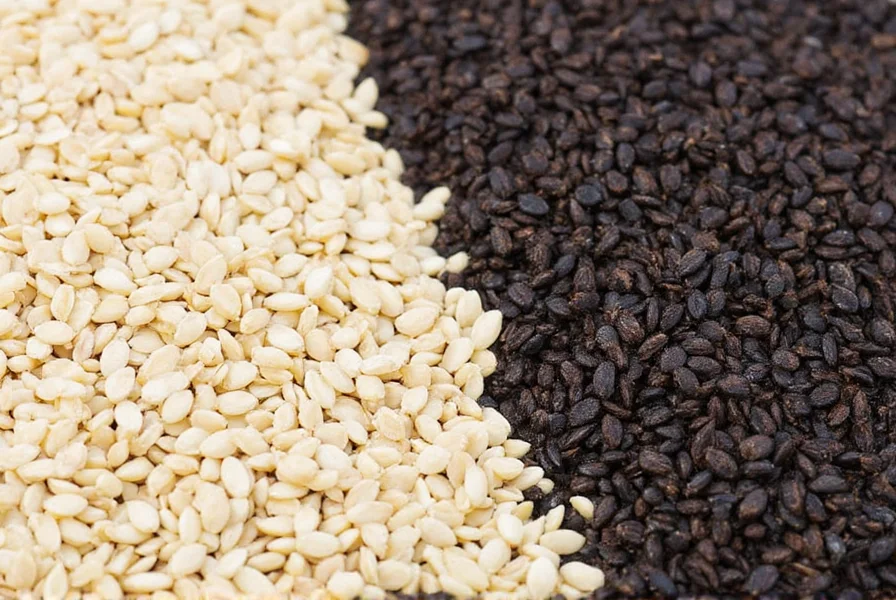
- Sprinkle on toast: Add a punch of flavor to avocado toast or bagels.
- Boost baked goods: Mix into muffins, breads, or cookies for texture and taste.
- Make tahini: Blend white sesame seeds with oil for homemade tahini — a must for hummus lovers.
- Stir-fry magic: Toss black sesame seeds at the end of stir-frying for an umami-rich finish.
- Whip up dessert: Black sesame paste is all the rage in pastries, mochi, and puddings.
How to Store Sesame Seeds Like a Pro (No More Rancid Seeds!)
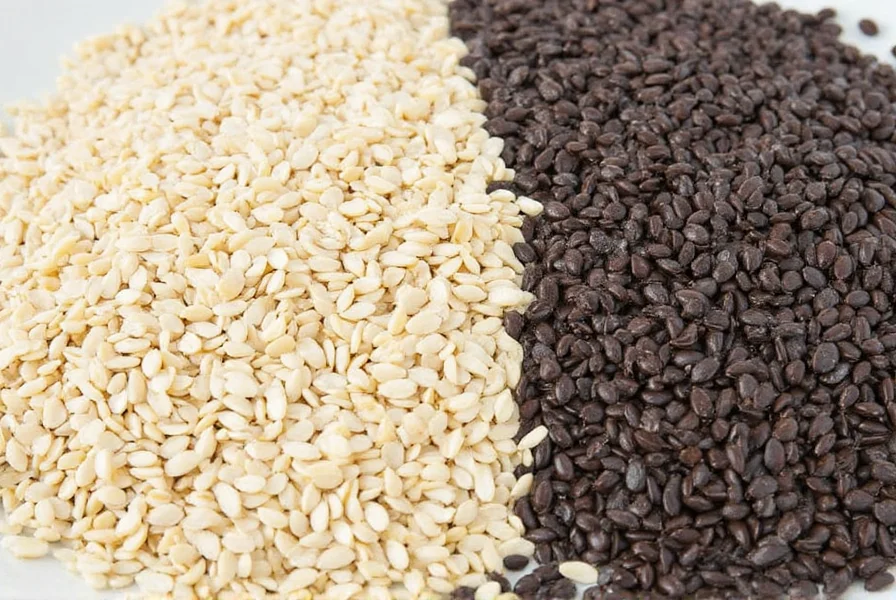
Sesame seeds are high in natural oils, which means they can go rancid if not stored properly. Here's how to keep them fresh longer:
- Keep them cool: Store in airtight containers away from heat and light.
- Refrigerate or freeze: For extended shelf life, place in the fridge or freezer.
- Avoid moisture: Humidity is the enemy. Keep silica packs handy if you live in a tropical area.
- Toasted vs raw: Toasted seeds have shorter shelf life — store separately.
Buying Guide: Choosing the Best Sesame Seeds for Your Needs

Not all sesame seeds are created equal. Here’s what to look for when shopping:
- Whole vs broken: Look for intact seeds with minimal dust or debris.
- Packaging: Opt for vacuum-sealed or resealable bags to preserve freshness.
- Country of origin: Premium varieties come from countries like Japan, Korea, and Ethiopia.
- Organic certification: If pesticides matter to you, choose organic-certified options.
Recommended Products:
- Organic White Sesame Seeds (Brand A): Perfect for baking and making tahini. Mild, creamy flavor.
- Roasted Black Sesame Seeds (Brand B): Ideal for sprinkling over Asian dishes. Rich and nutty aroma.
- Unroasted Sesame Seeds Pack (Combo Set): Great for chefs who want both types on hand. Comes in eco-friendly packaging.
Sesame Seed Hack: Toasting Like a Chef
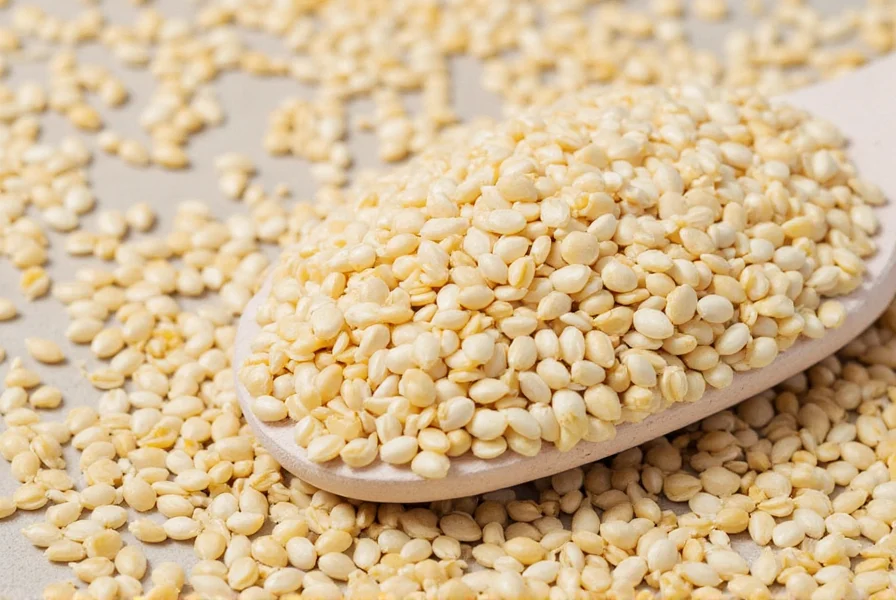
Want to unlock maximum flavor? Toast your sesame seeds — but do it right:
- Use a dry skillet over medium-low heat.
- Stir constantly — they burn fast!
- Toast just until golden and fragrant (about 3–4 minutes).
- Let cool completely before storing.
Final Thoughts: White or Black – Which One Should You Choose?
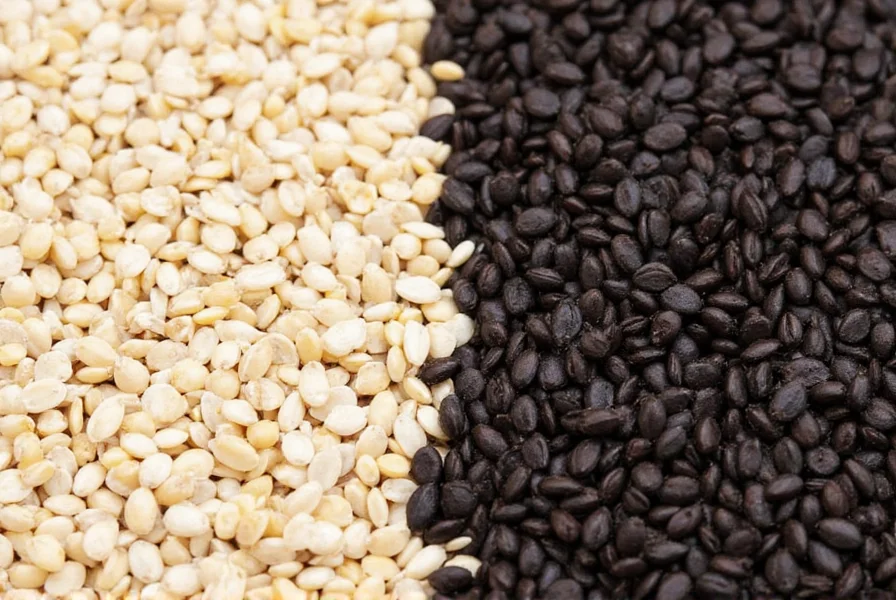
There’s no winner in the white vs black sesame seeds face-off — it all depends on what you're making and what kind of flavor you want to achieve. White seeds bring a soft, delicate note to dishes, while black ones add drama, depth, and visual flair.
So next time you reach for those tiny seeds, don’t just pick randomly — make an informed choice and let your taste buds thank you later.

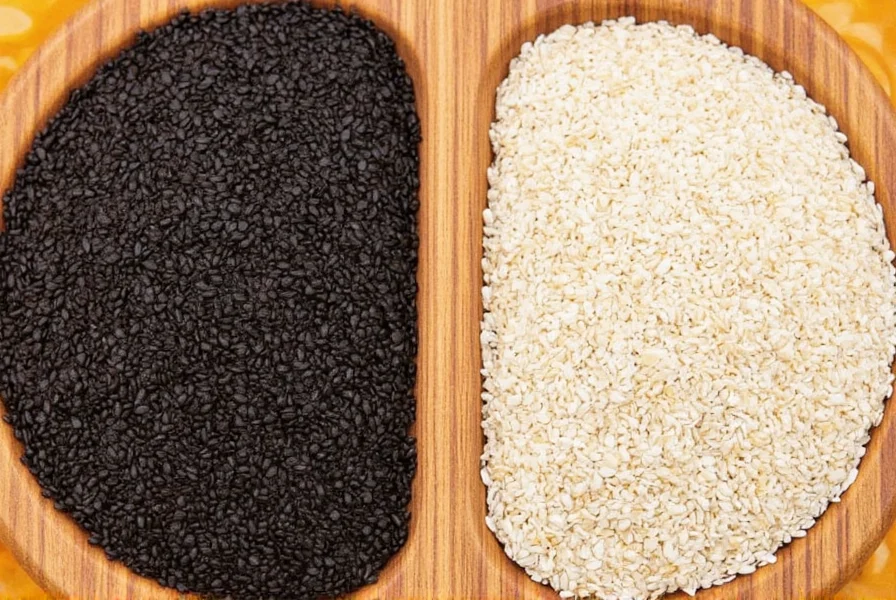









 浙公网安备
33010002000092号
浙公网安备
33010002000092号 浙B2-20120091-4
浙B2-20120091-4